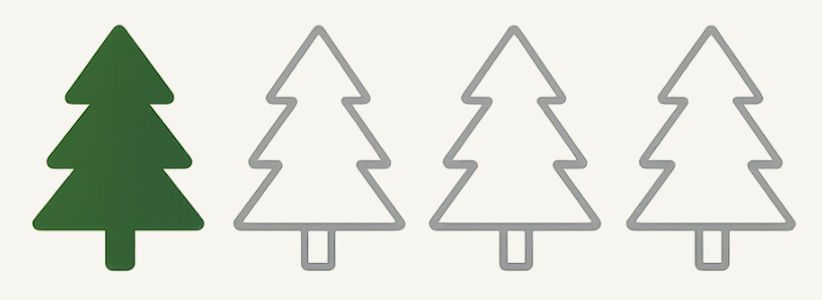
Bringing a new custodian on board? First impressions matter, and we’re not just talking about mop strokes.
Before day one, there’s a lot you can do to set someone up for success and avoid the kind of confusion that leads to delays, frustration, or avoidable mistakes. Custodial work is fast-paced, physical, and often overlooked. A little orientation goes a long way.
Start with a walk-through. Show your new hire the full layout of the building, or at the least the zones they’ll be responsible for. Where’s the highest foot traffic? Where are the trouble spots? What does “clean” actually look like in your building? These are questions new hires usually won’t ask, but they’ll appreciate the answers just the same.
Introduce the team. Whether it’s one coworker or a crew of ten, names and faces matter. It helps new custodians feel like they’re part of something, and it gives them someone to go to when questions come up (because they will).
Don’t forget to cover equipment. Show them where it’s stored, what condition it’s in, and how to use anything that’s unfamiliar. It’s easy to assume someone’s used an auto-scrubber or knows the quirks of a decades-old buffer, but it’s better to check than to watch someone struggle in silence. And if something’s broken or off-limits, flag it clearly. No one wants their first week to involve an equipment mishap.
Supplies are another biggie. Walk them through where paper, liners, soap, and chemicals are stored – and how to reorder or restock. Every building has its unique systems, whether it’s color-coded shelves or a labeled cart, and the earlier they learn it, the faster they can work efficiently.
Also, set expectations. Not just what gets done, but how often. Specify daily, weekly, and monthly duties for trash routes, restrooms, classrooms, floor care, event setups. If you have a checklist or schedule, share them. If not, talk through the rhythm of a typical week. The goal is to remove guesswork.
And finally, cover safety. From chemical handling to emergency procedures, make sure they know the basics: gloves, goggles, where the products live, and what to do if something goes wrong. Safety is a team culture, not a handout.
When you bring someone new into a building, you’re not just filling a vacancy – you’re building trust. A strong first day sets the tone for everything that follows. Yes, maybe some more time upfront, but it saves a lot of questions, cleanups, and call-backs later.